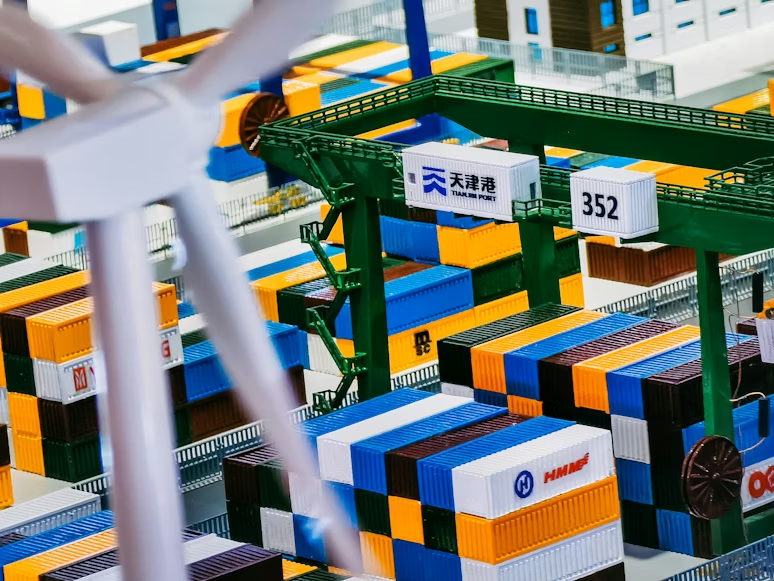Regional Trade Agreements (RTAs) play a significant role in global trade, involving agreements between two or more countries to provide preferential market access to each other. These agreements come in two forms: free trade areas and customs unions. Free trade areas, like the North American Free Trade Agreement (NAFTA), involve the elimination of tariffs among members while maintaining independent tariffs for non-member countries. Customs unions, such as the European Union, remove tariffs between member countries and adopt a common external tariff for non-members.
The World Trade Organization (WTO) reported in 2015 that there are 275 active trade agreements, with nearly 70% being free trade agreements. This trend indicates a growing reliance on RTAs in commercial policies worldwide, partly driven by challenges in the multilateral trading system. RTAs, being less complex, can offer quicker integration and liberalization for smaller markets. The central debate regarding RTAs is their impact on the WTO’s goals of trade liberalization and non-discrimination.
While RTAs aim to liberalize trade among member countries, they often do so by providing preferential access to some countries but not others, leading to inherent discrimination. This approach contrasts with the WTO’s principle of non-discrimination, embodied in the Most Favored Nation (MFN) clause under GATT Article 1, which requires equal treatment of all WTO members. Despite their discriminatory nature, RTAs are permitted under GATT Article XXIV, provided they do not increase protection levels against non-members.
The challenge lies in balancing the benefits of regional integration with the commitment to non-discriminatory global trade. The Nairobi Ministerial Declaration in 2015 highlighted that RTAs should complement, rather than replace, the multilateral trading system. RTAs often reflect the economic priorities of their member countries and can address specific trade issues effectively. For instance, Central and Eastern European countries engaged in RTAs with the EU to gain market access, with the EU establishing these agreements as steps towards full membership.
However, the complexity of overlapping RTAs can lead to a lack of transparency and increased trade regulation challenges. Furthermore, the dominance of powerful countries in RTAs can have adverse effects on less developed nations, potentially leading to trade diversion and impacting the global trading system negatively. Some experts suggest that RTAs have a ‘gravitational’ effect, attracting non-member countries with strong trade ties to join. While this can lead to broader regional integration, it may also spur the formation of competing RTAs in other regions, potentially escalating into protectionism. In conclusion, RTAs present both opportunities and challenges within the framework of the WTO.
They can be stepping stones towards broader trade liberalization but also pose risks of undermining multilateralism. Their compatibility with WTO principles, particularly regarding non-discrimination and trade diversion, remains a critical consideration in assessing their overall impact on the global trade regime.
Stay informed with supply chain news on The Supply Chain Report. Free tools for international trade are at ADAMftd.com.
#RegionalTradeAgreements #RTAs #GlobalTrade #TradeLiberalization #FreeTradeArea #CustomsUnion #WorldTradeOrganization #WTO #TradeIntegration #NonDiscrimination #MostFavoredNation #TradePolicy #GlobalEconomy #TradeAgreements

















